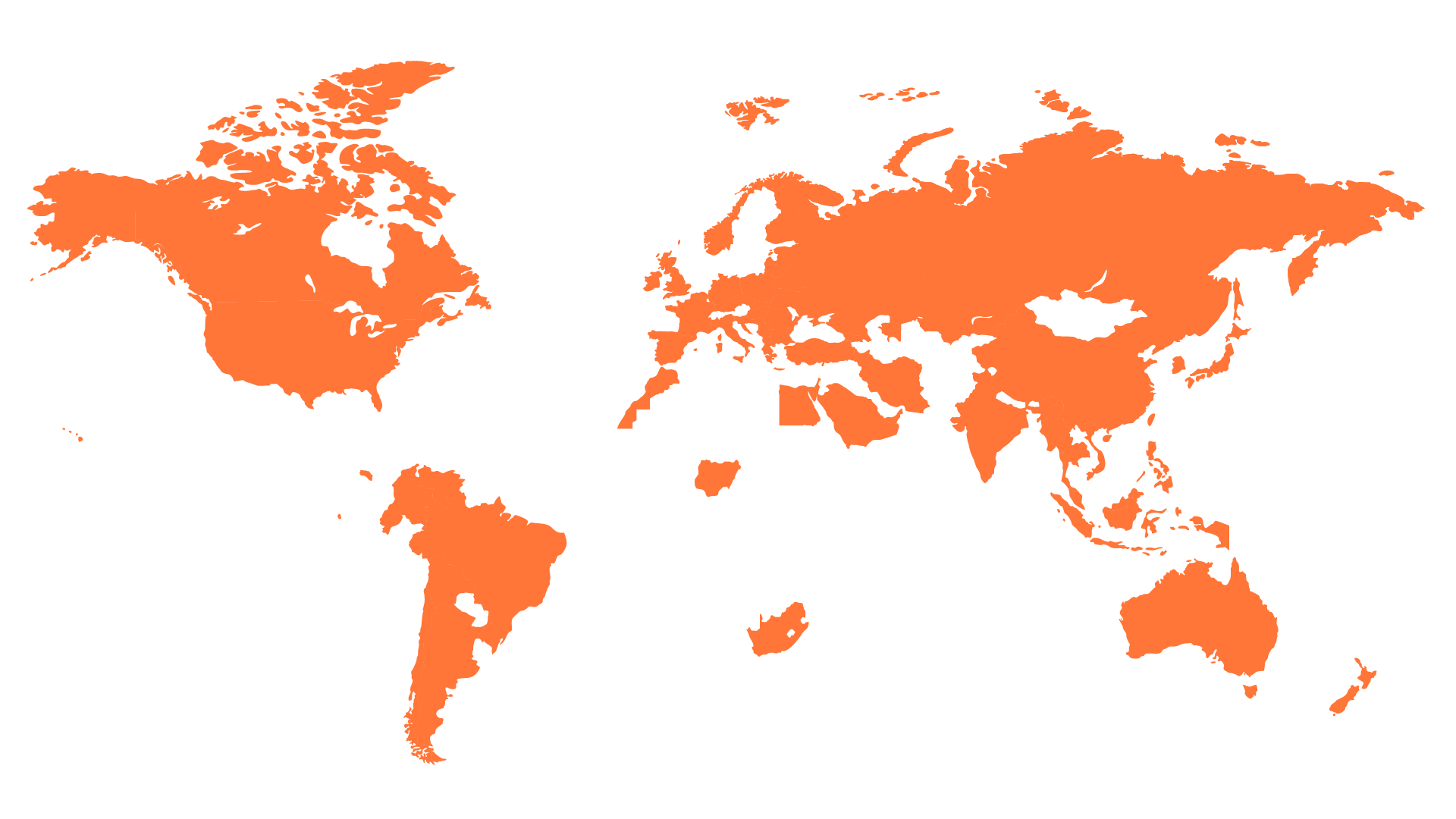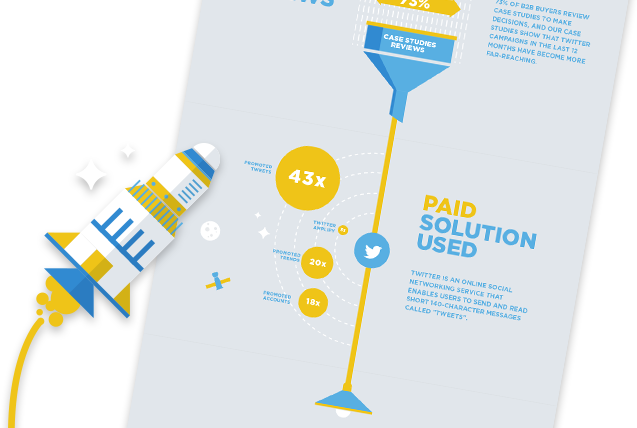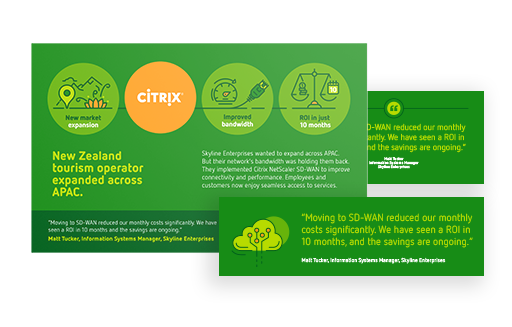.png?width=430&height=243&name=Saas%20Global%20Expansion%20-%20Blog%233%20(1).png)
Many companies are facing lean staffing budgets and finding it difficult to increase headcount where they need it. That’s particularly true of customer advocacy, a relatively new discipline with a shortage of experienced practitioners.
So let's say you’ve decided to use staff augmentation / managed services to fill the talent void. But how do you successfully integrate this outsourced resource into your team?
Define your objectives
Are you launching a program and need the expertise in-house, now? Are you expanding your program, but you don’t have the bandwidth? Are you looking to increase your geographic coverage so you’re looking for a resource within an agency that can help you go global and multi-lingual?
Be clear about what you want to be outsourced
Do you want your new customer advocacy to design your entire customer advocacy program until it’s up and running and your staff is trained? Are you looking for them to teach you best practices – from the nomination and recruitment of customers to the production of stories and maximizing impact?
Evaluate the costs
Although you might think an outsourced resource will be expensive, think about potential cost savings. Will your resource be able to hit the ground running? Are they experts in the customer advocacy arena? Will you be able to onboard quickly and scale too? Can you let the resource go when you have achieved your goals? These will contribute to increased efficiency, lower training costs, and faster impact, all of which contribute to budget efficiency.
Find the right partner
When you’re looking for a customer advocacy agency, look at their experience – and see whom they work for. If you’re a global B2B tech company looking for an experienced team member, find an agency that has previously managed these types of programs.
Measure the performance
What metrics will you use to measure the success of the implementation? ROI is a good place to start, of course. But think about other measurements – such as time to implement a program, customer satisfaction when dealing with experienced advocacy professionals, impact on pipeline revenue, etc.
When it comes to a successful implementation, then, be clear about what you want, how you will measure success, and make sure you get the right person to help you along the way.







